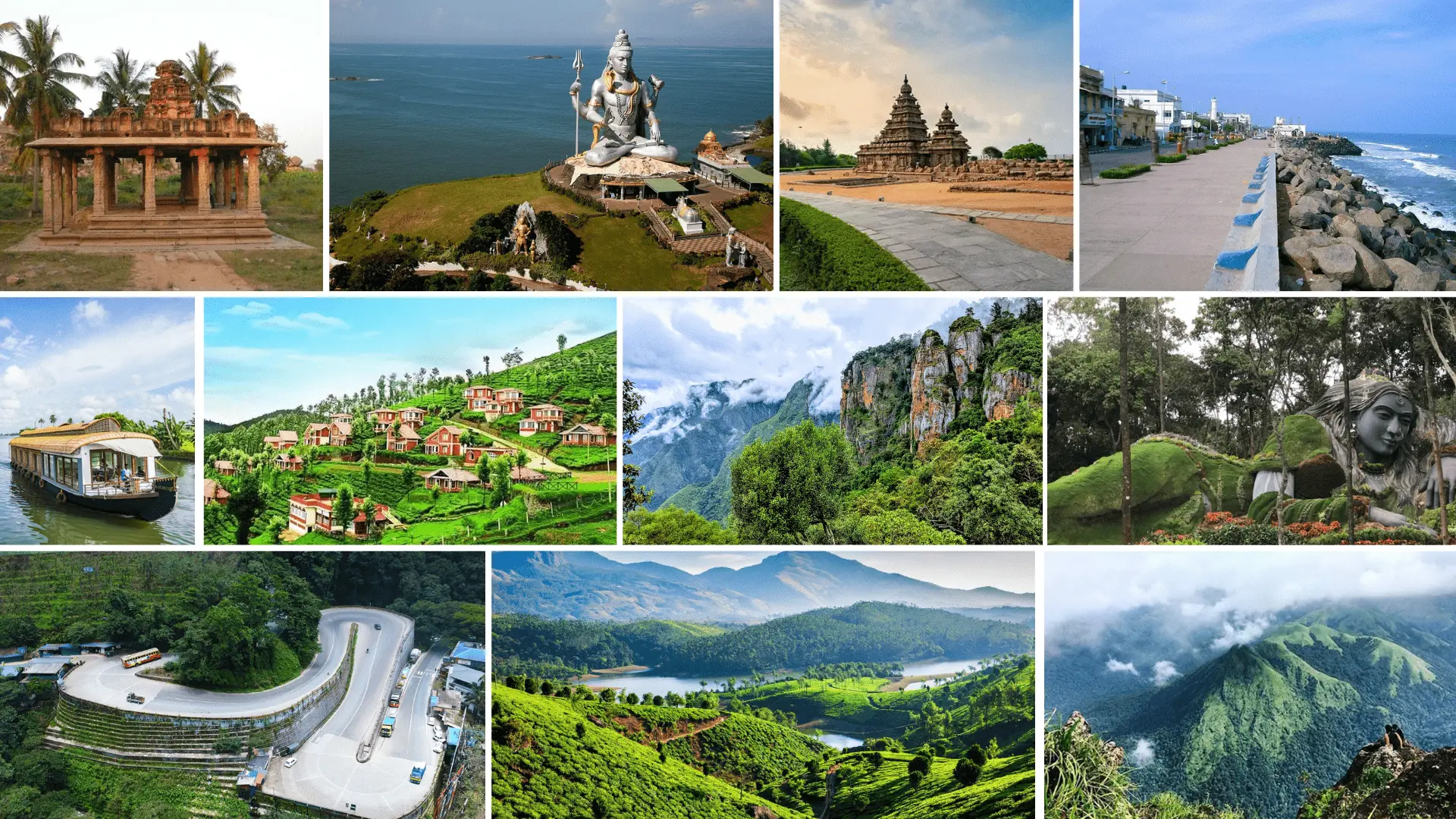South India, a region brimming with cultural diversity, scenic landscapes, and a rich culinary heritage, offers an unparalleled culinary journey for food enthusiasts. In this article, we will delve into the aromatic realms of Tea Trails and Spices, exploring the historical roots, cultural significance, and diverse flavors that make South India a gastronomic haven.
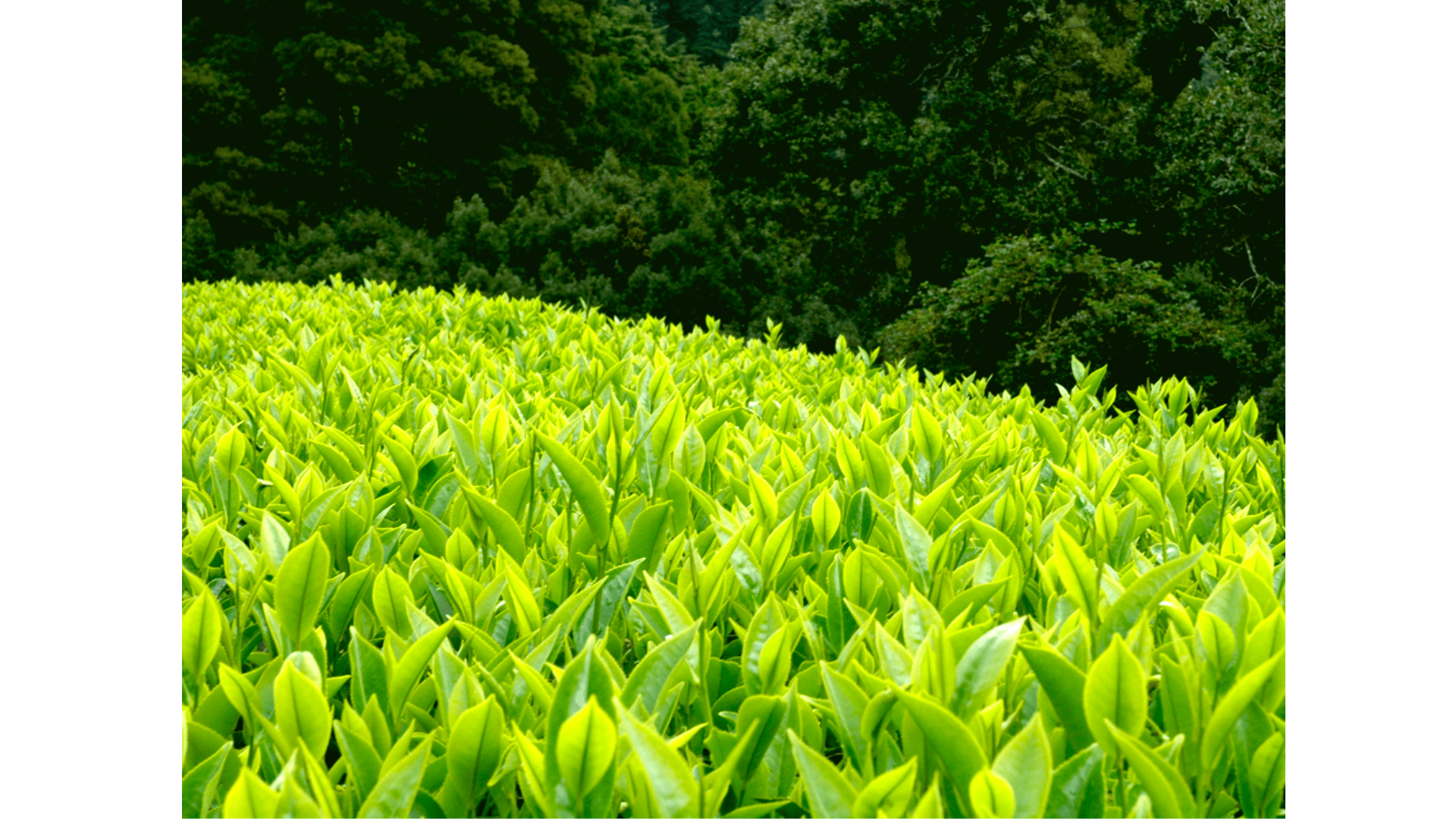
Tea Trails in the Nilgiris
The journey begins amidst the rolling hills of the Nilgiris, where the British legacy of tea plantations continues to thrive. These lush estates, established in the 19th century, now invite visitors to embark on immersive tea trails. From plucking delicate leaves to crafting the renowned Nilgiri tea varieties, the experience is a sensory delight for tea connoisseurs.
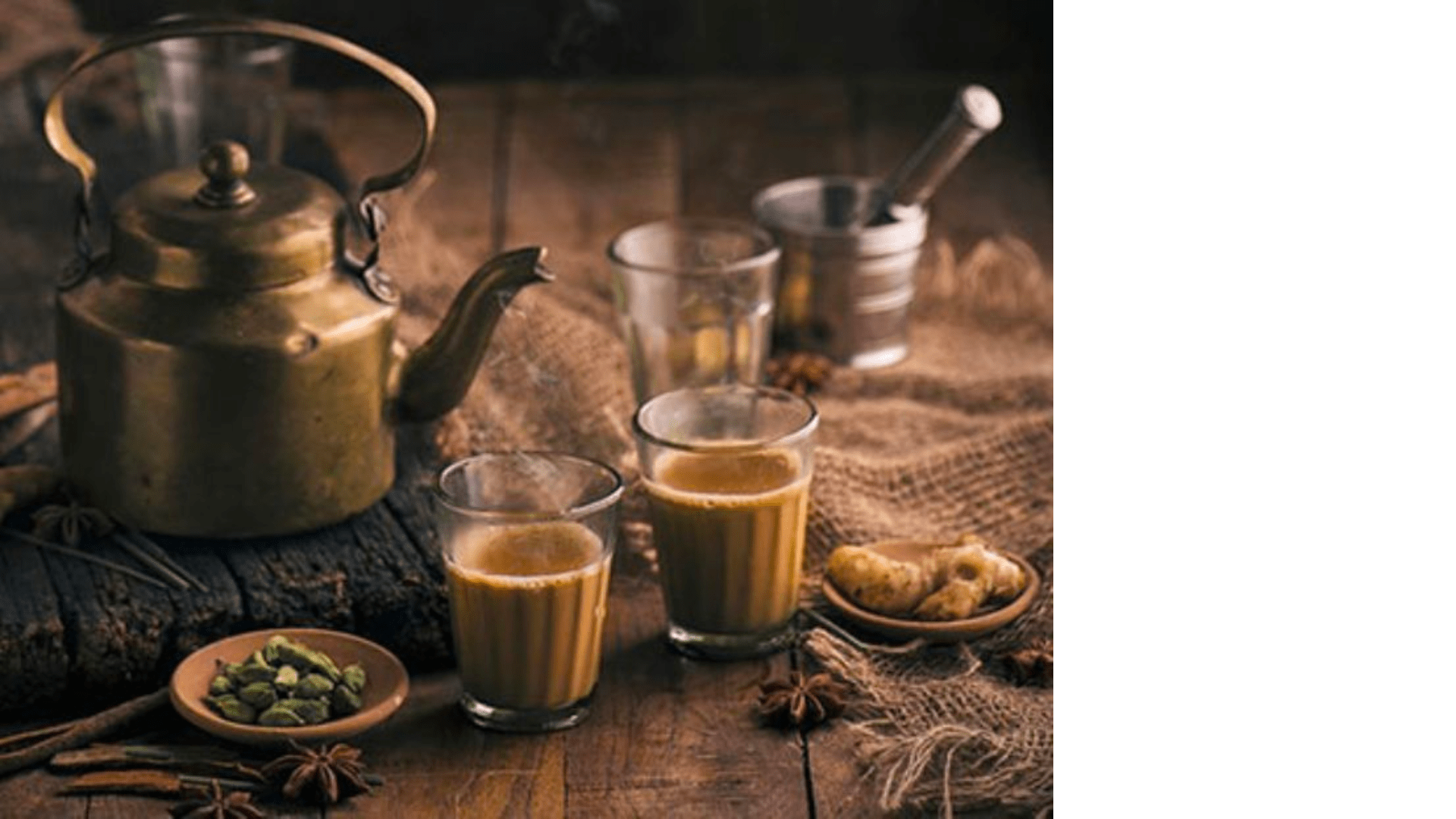
Chai Culture in South India
Chai, synonymous with warmth and camaraderie, holds a special place in South Indian culture. Chai stalls, known as “tapris” or “kadai,” are hubs of social interaction. The traditional masala chai, infused with cardamom, ginger, and cloves, coexists with modern chai variations, reflecting the evolving tastes of the region.
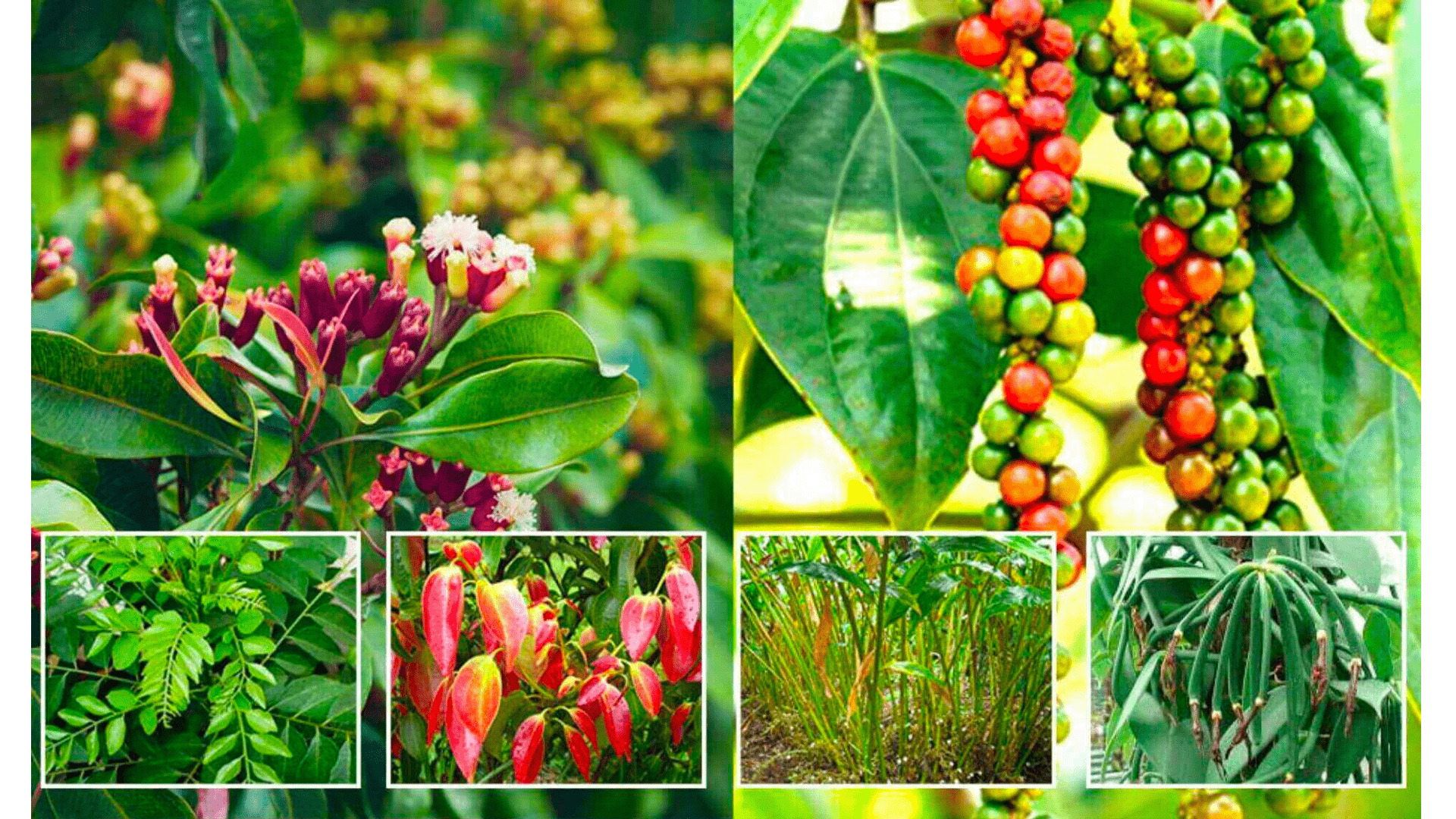
Spice Routes: Kerala’s Spice Garden
Kerala, often called the “Spice Garden of India,” narrates a tale of historical spice trade. The Malabar Coast’s aromatic spices, including cardamom, black pepper, cinnamon, and cloves, have left an indelible mark on South Indian cuisine, creating a harmonious fusion of indigenous flavors and global influences.
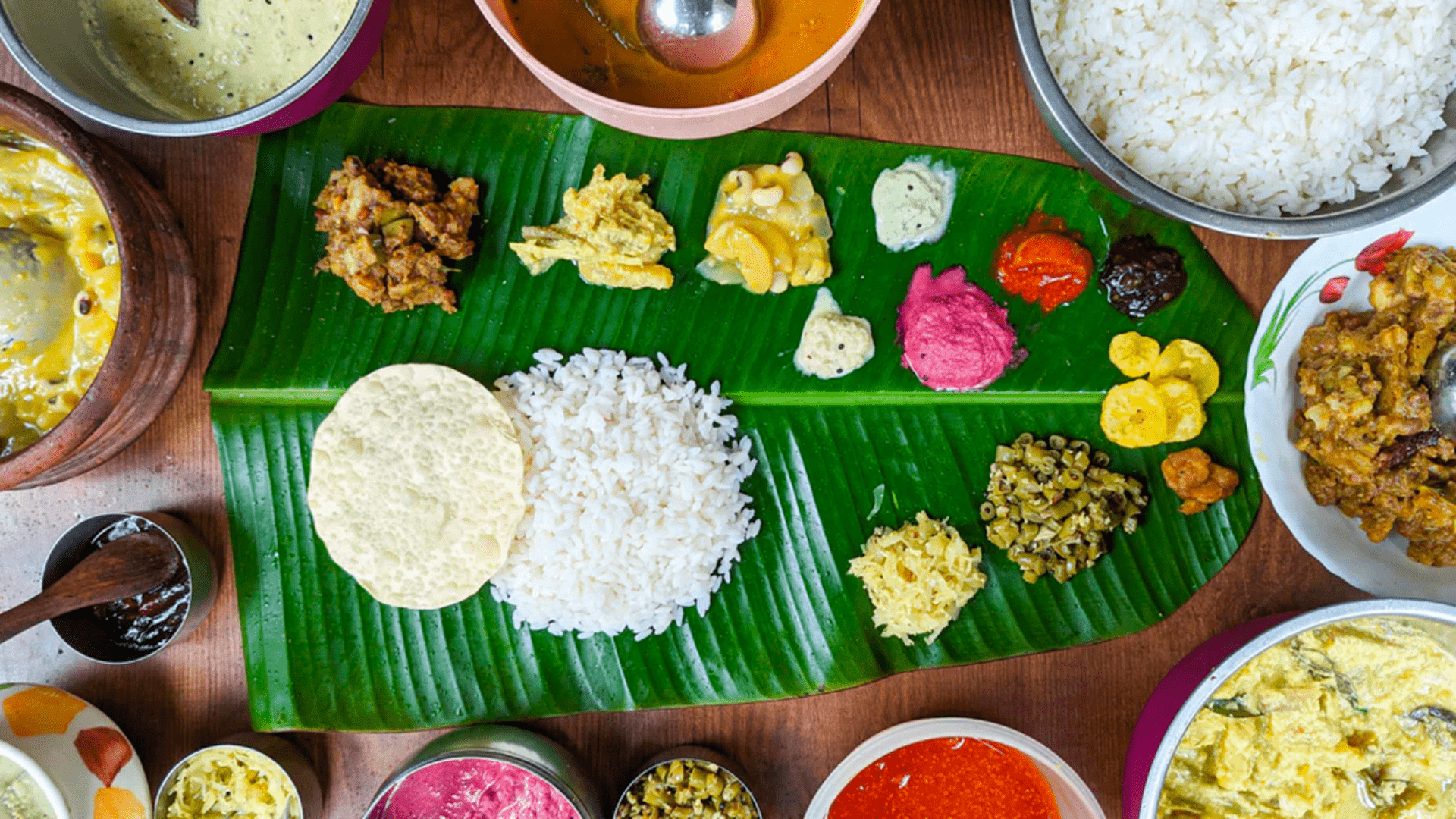
Culinary Heritage of South India
South Indian cuisine, known for its breakfast staples like idlis, dosas, and vadas, showcases a spectrum of regional variations. From the fiery Chettinad curries of Tamil Nadu to the iconic Hyderabadi Biryani, each state contributes to the diverse tapestry of South Indian gastronomy.
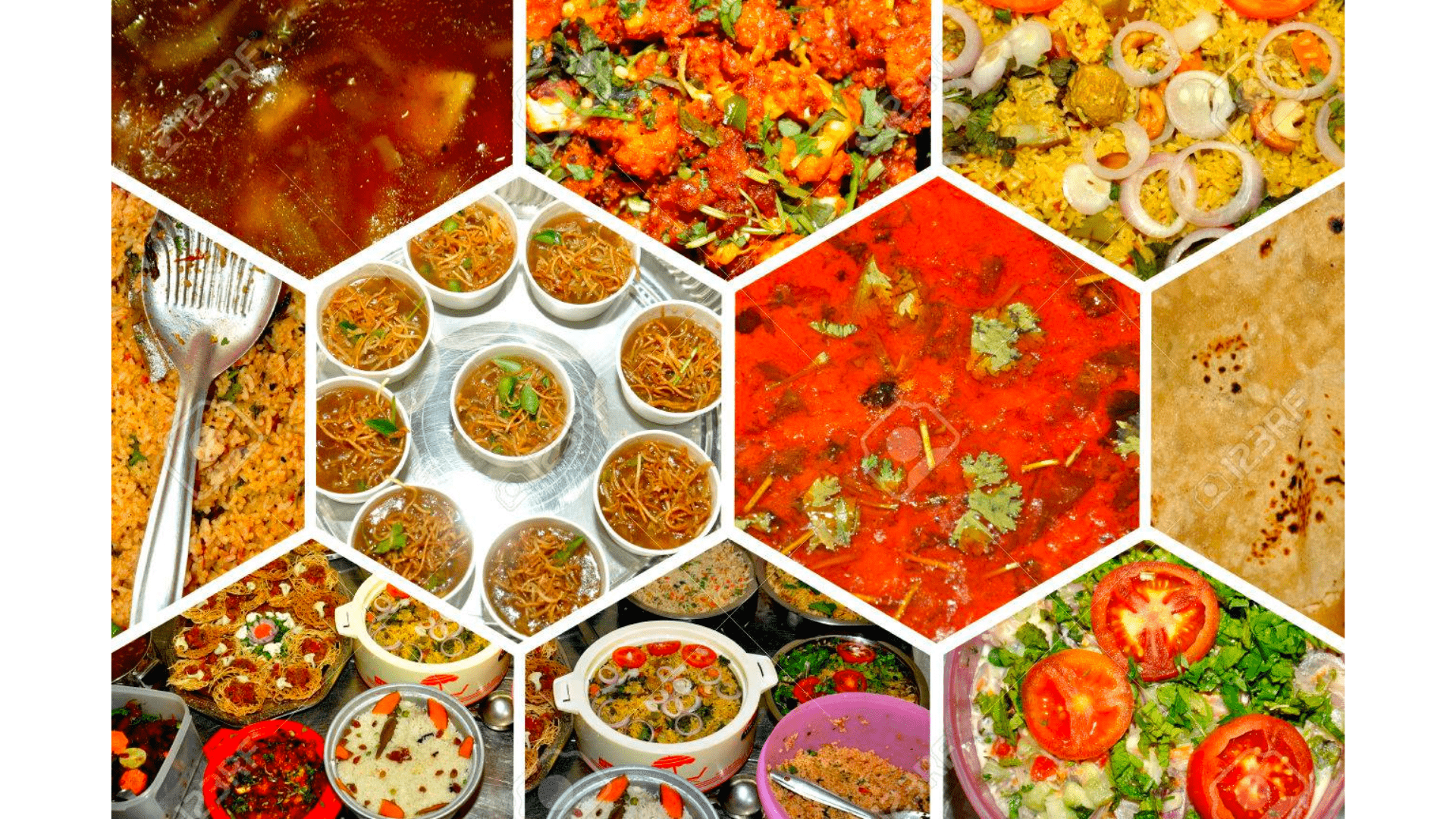
Street Food Extravaganza
The vibrant streets of South India come alive with a diverse array of street food. Pani Puri, Masala Puri, and Kottu Parotta are just a glimpse into the tantalizing street food culture. Sweet delicacies like Mysore Pak and Jangiri add a touch of sweetness to the bustling streets.
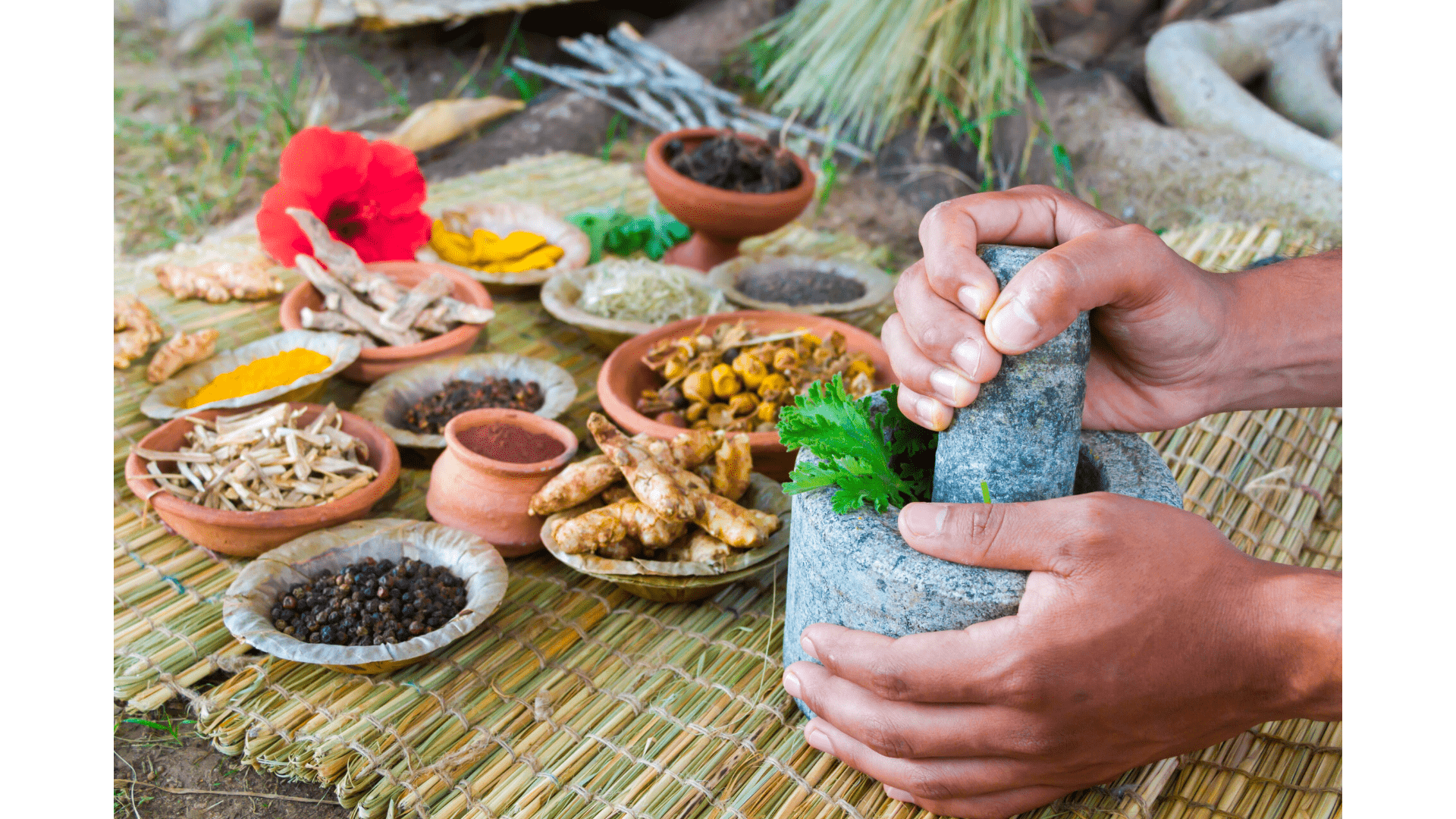
The Influence of Ayurveda
Beyond flavor, South Indian cuisine is deeply rooted in Ayurvedic principles. Turmeric, with its anti-inflammatory properties, and asafoetida, aiding digestion, showcase the marriage of taste and health. The traditional thali, incorporating all six tastes, reflects the holistic approach of Ayurveda to eating.
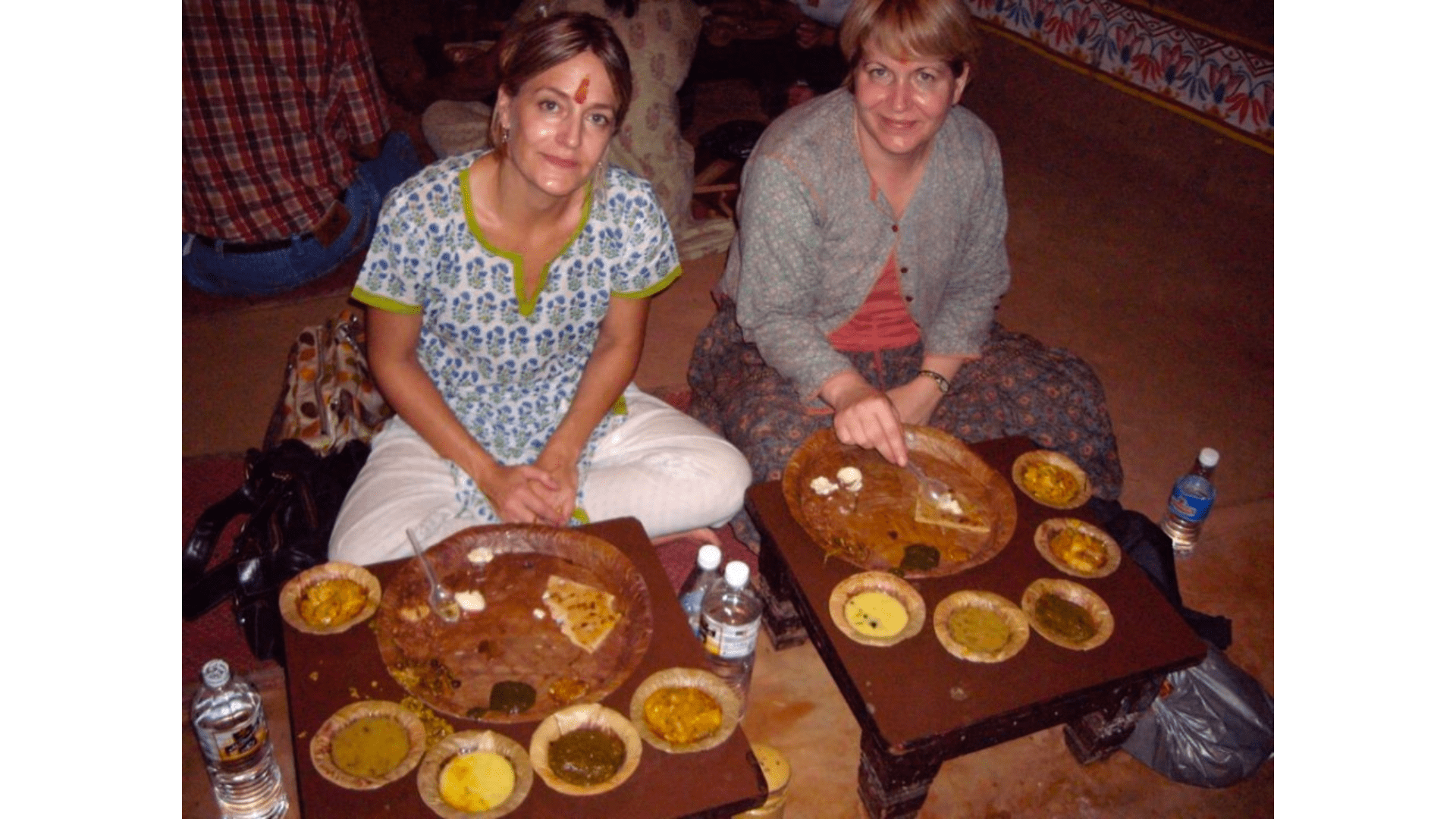
Culinary Tourism: A Growing Trend
Culinary tourism in South India is on the rise, with travelers seeking immersive experiences. Tea and spice plantations open their doors, offering guided tours and interactive workshops. Culinary festivals like the International Tea and Coffee Festival in Munnar and the Spice Route Culinary Festival in Kochi further establish South India as a culinary hotspot.
Conclusion
In conclusion, South India’s Tea Trails and Spices offer a tantalizing journey through diverse landscapes and flavors. From the misty tea plantations of the Nilgiris to the vibrant streets of Chennai, the culinary adventure is a celebration of tradition, innovation, and the rich tapestry of South Indian cuisine.











